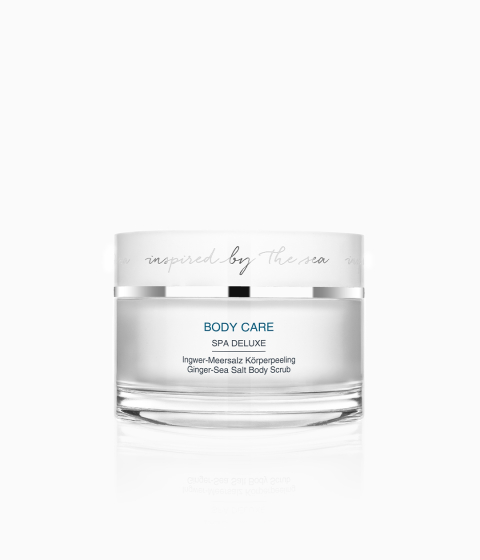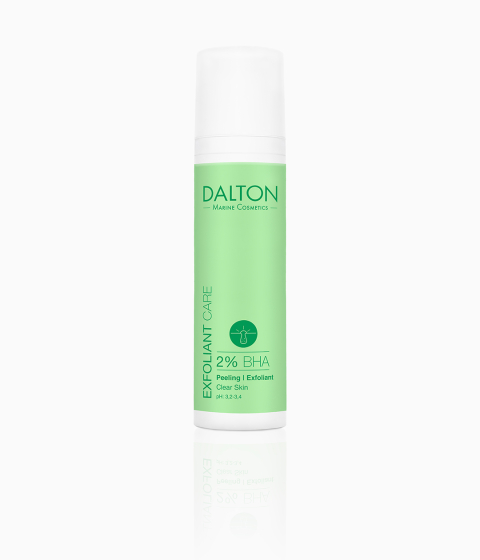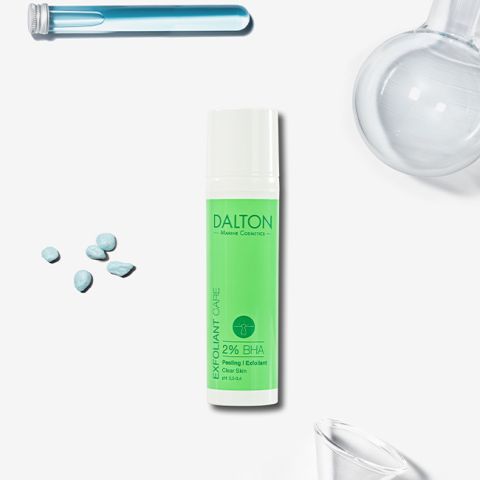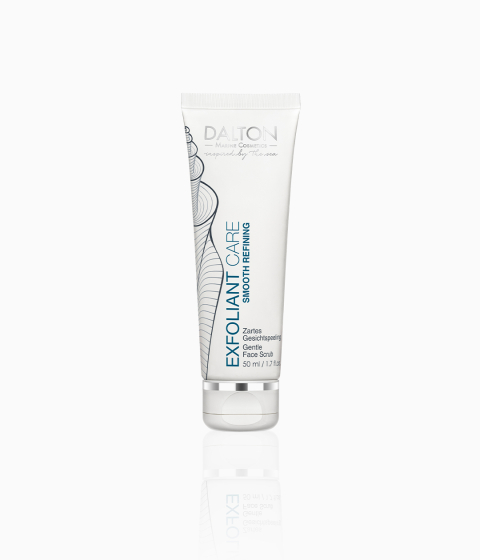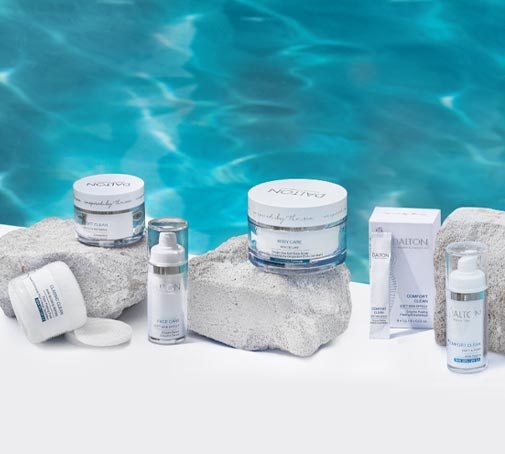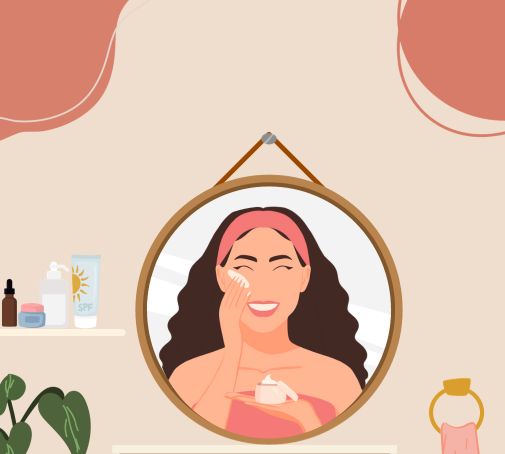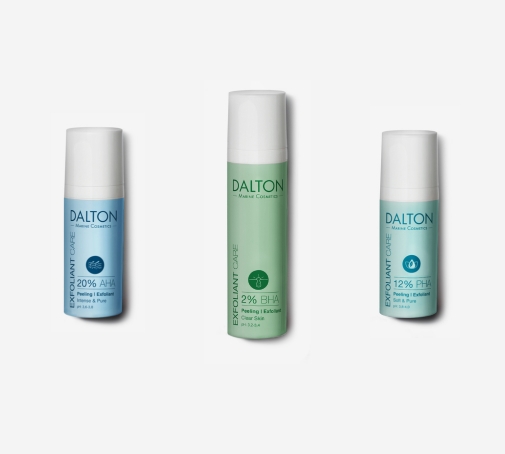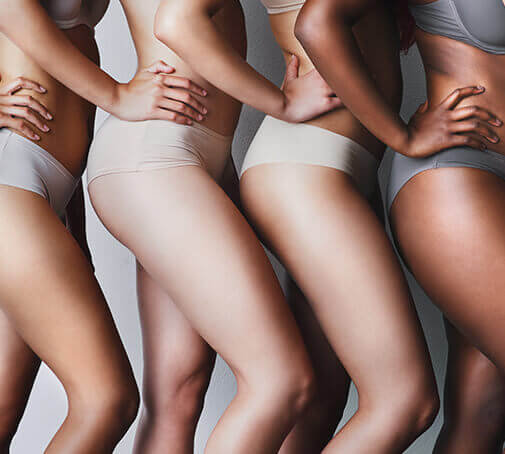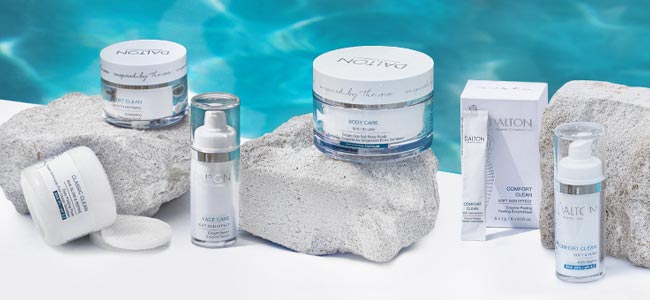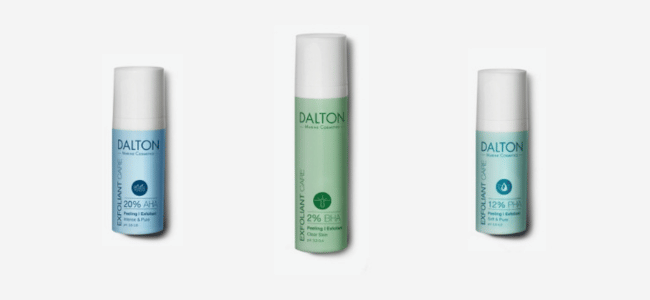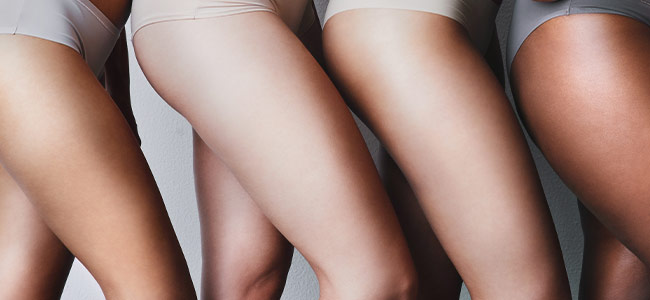
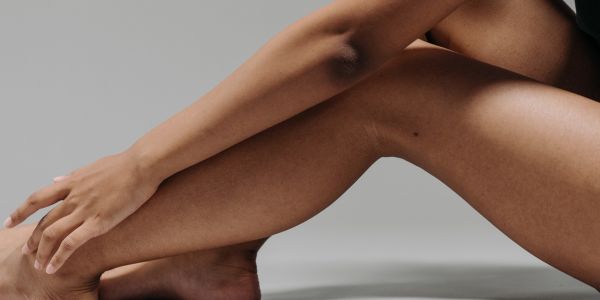
Ingrown Hair
Some of you are probably no strangers to itching and small red bumps on the skin after shaving. This is often caused by ingrown hairs. We’ll talk about how you can avoid them and what you can do about them if they’re already there!
This is what we will be exploring in this article:
• Can you get ingrown hair anywhere on your body?
This is what we will be exploring in this article:
• Can you get ingrown hair anywhere on your body?
What causes ingrown hair?
The most common cause of ingrown hair is hair removal. Whether you are epilating, waxing or shaving with a razor, hair removal can cause the hair to grow back at an angle and become trapped under the skin. This causes a bump or cyst to form, which may be filled with pus. People with thick or curly hair are more likely to be affected, because their hair is more prone to curling back into the skin.
While shaving is the most prevalent cause of ingrowing hair, it can also result from clogged hair follicles. The main culprits for obstructing the hair follicles are dead skin cells and sebum.
Wearing clothing that is too tight (for example on the legs) can also cause problems. The resulting friction can prevent the hair from growing straight and make it grow back into the skin.
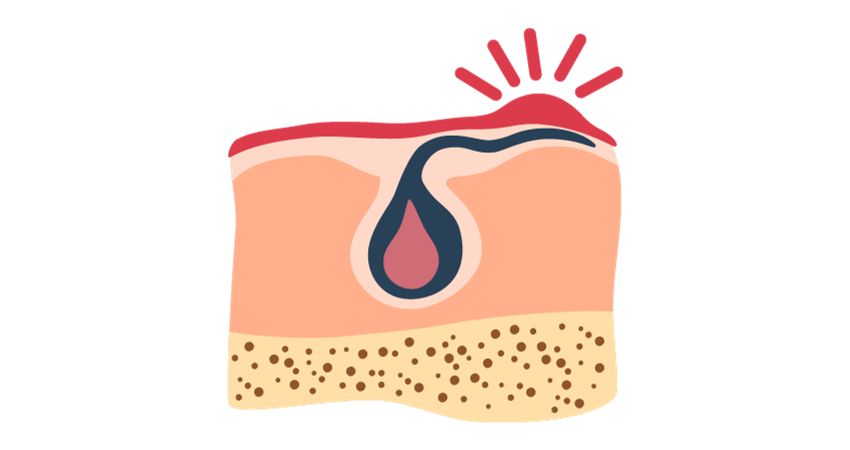

Can you get ingrown hair anywhere on your body?
Ingrown hair can occur anywhere there is hair, so basically everywhere. However, some areas are more prone to be affected. These include the armpits and pubic area, where the hair is usually thicker and curlier – making it easier for the hair to curl under the skin. Ingrown hair is also very common on the legs, not due to thick hair, but because of tight clothing.
What is the difference between razor bumps and ingrown hair?
Ingrown hair can be caused by any hair removal method and only become visible after a few days. Razor bumps, on the other hand, appear quite soon after you shave. They can develop if you have very sensitive skin that is easily irritated or when you use a blunt blade for shaving.
How can I get rid of ingrown hair?
In most cases, they disappear on their own, but you can speed up the process if they bother you:
1. Use an exfoliant to remove dead skin cells that prevent your hair from growing straight out of the skin. You can choose between many different products for that. You can use a traditional scrub, like our Ginger Sea-Salt Body Scrub or the Gentle Face Scrub. Both products contain small physical particles to remove dead skin cells. Alternatively, you can also use a chemical peel. Our BHA Exfoliant with salicylic acid helps to unclog pores and improves overall skin texture.
Caution: Do not use any exfoliants – physical or chemical – on the sensitive skin in the pubic area. If you want to remove dead skin cells and prevent ingrown pubic hair, you can use an exfoliating glove. However, you should still be careful not to irritate the skin too much.
2. If you weren’t able to remove the skin over the hair by exfoliating, you can also try to extract the hair with sterile tweezers. Before you do this, try to soften your skin by taking a warm shower or applying a warm, moist washcloth. You can also use a sterile needle to open the skin beforehand and make it easier to reach the hair with the tweezers.
Important: Always work with clean and disinfected instruments, because in the worst case, a harmless ingrown hair can turn into a painful inflammation or skin infection.
Top tips to prevent ingrown hair
Here are our top tips to prevent ingrown hair from forming in the first place.
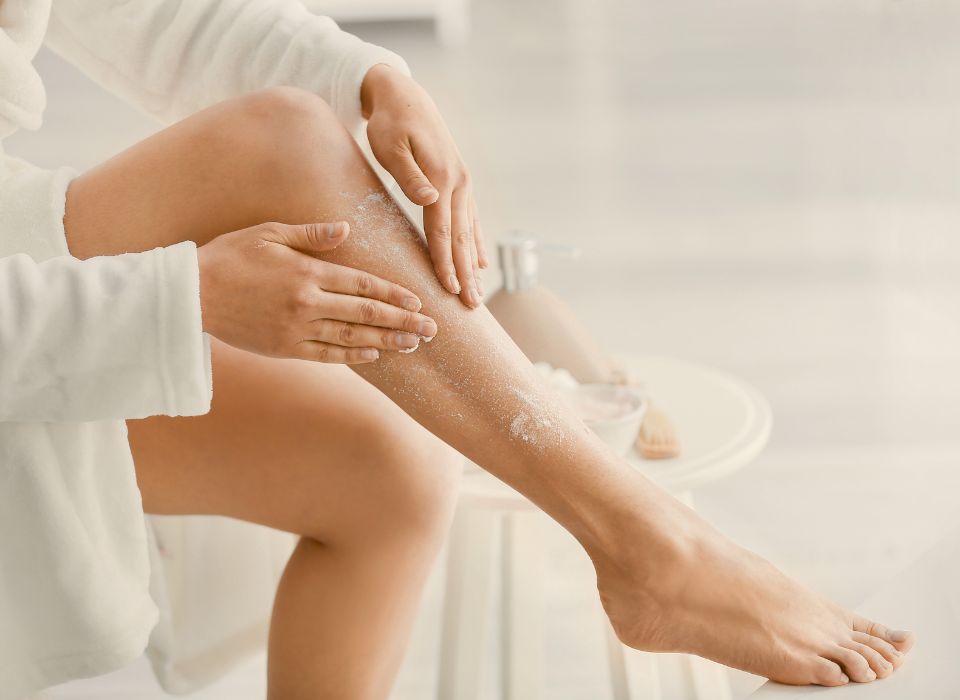



Regular exfoliation: While exfoliation can help to get rid of existing ingrown hairs, it can also prevent them if used regularly. Exfoliate your skin 1-2 times a week and say goodbye to dead skin cells clogging your pores.
Moisturize your skin: If your skin is supple and soft, it is much easier for the hair to grow straight out of the skin. So remember to use body lotion regularly, especially after you shave.
Never use dull razor blades: Sharp blades are a must when you shave. This is the only way to ensure that you cut the hair properly instead of tearing it out. It is also helpful to soften your skin by soaking it in warm water before you shave. Soft and moist skin helps the blade glide smoothly over the skin and ensures gentle hair removal.
Permanent hair removal: Permanent hair removal is the best way to get rid of ingrown hair forever. If you have no hair, you will not get ingrowns, obviously. The most common method is laser hair removal.


Beauty editor
SIMILAR POSTS
You Might Also Like

